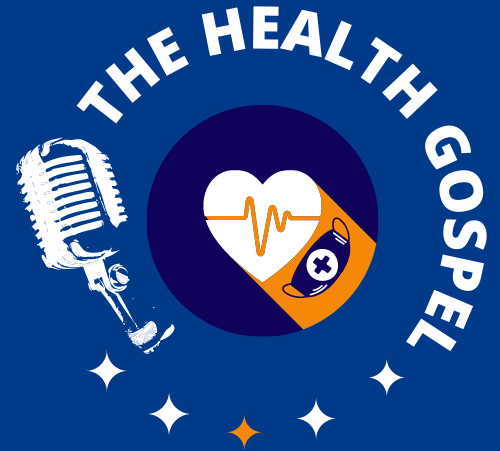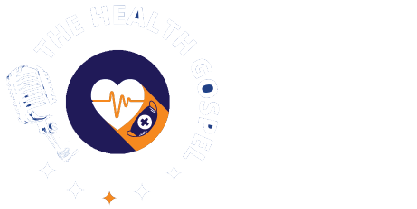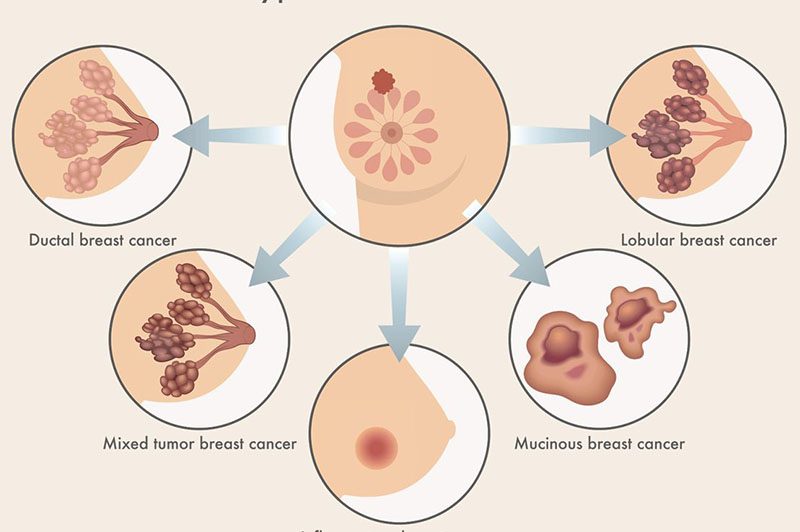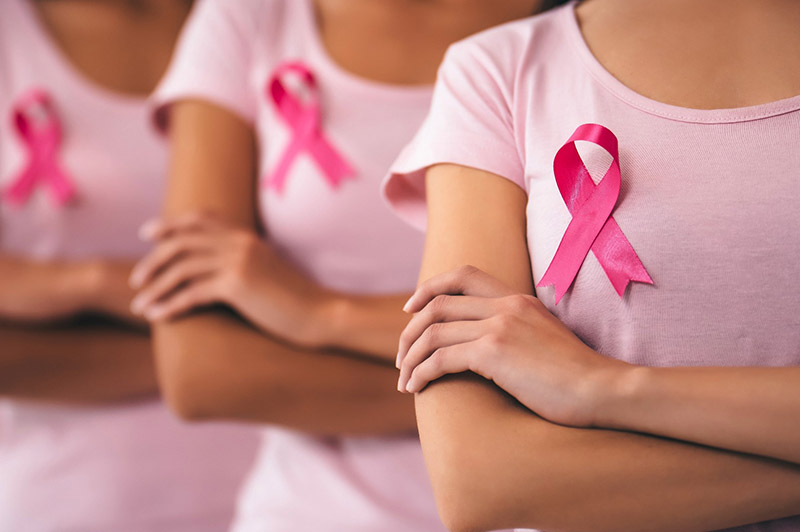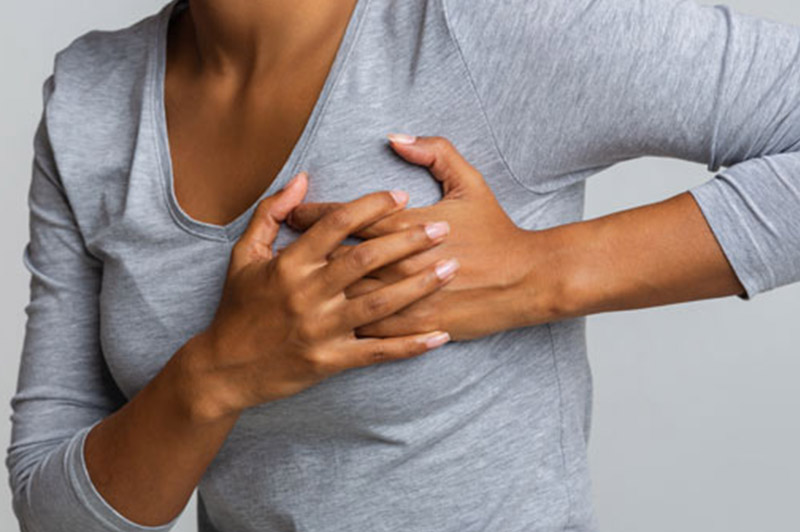
BREAST CANCER Series 2
Breast cancer is the most common cancer in women and causes millions of deaths every year. It is the second commonest cause of cancer deaths in women, after lung cancer. Breast cancer in African women is more likely to cause death and this is attributable to the type of breast cancer that they are prone to, coupled with late presentation.
The month of October is designated breast cancer awareness month. Breast cancer can present with lumps, nipple discharges or changes in the shape and appearance of the breast.
Over the next three weeks, we would be discussing breast cancer and all you need to know about it.
What is breast cancer?
Breast cancer is a disease in which there is an uncontrolled growth of cells in the breast. It occurs as a result of damaged or abnormal DNA shape which is not repaired by the body’s immune system. DNA may be damaged by exposure to radiation and other harmful substances such as tobacco and alcohol.
Breast cancer may affect any of the three kinds of breast tissues. The tissues are the ducts which carry milk to the nipple. Next is the fibrous tissue that holds the breast in place and finally, fatty tissue. The fatty tissues fill up spaces between the ducts and fibrous tissue. It gives the breast its shape and size.
Who is at risk of breast cancer?
Being a female and advanced age are the most important risk factors for having breast cancer. These risk factors, in addition to having breast cancer in the past or breast/ ovarian cancer in a family member, can not be changed. Therefore, they are called non-modifiable risk factors.
The presence of specific gene defects such as BRCA1 and BRCA2 predisposes the carriers to ovarian and breast cancers.
Any condition that may expose a woman to oestrogen over a long period also increases the risk of breast cancer. Pregnancy and breastfeeding are times in which there is reduced exposure to high oestrogen levels. This means that any woman who has not had these has more exposure to oestrogen. Hence, a higher risk of breast cancer. These conditions include
- Having your menstrual period from a young age (<12 years)
- Late menopause (at 55 years and above)
- Exposure to oestrogen-containing contraceptives or hormone replacement therapies.
- Having your 1st child after the age of 30 years.
- Not having any pregnancy that was carried to term.
Other risk factors for breast cancer are
- Obesity
- Alcohol use
- Tobacco use
- Radiation exposure
Breast cancer has not been linked to any infectious agent. Though most commonly seen in women, up to 1% of men can also have cancer of the breast.
How to reduce your risk of breast cancer
The history of breast cancer in a first-degree family member such as your mother or sister cannot be changed. However, some risk factors can be mitigated by avoiding them all together. You can reduce your risk of breast cancer by:
- Prolonging breastfeeding through exclusive breastfeeding in the 1st 6 months followed by complementary feeding till 12 to 18 months
- Quitting tobacco smoking
- Quitting the harmful use of alcohol
- Engaging in regular physical activity
- Weight control with diet and exercise.
Taking these measures can prevent breast cancer by up to 30 per cent. Breast cancer can still occur in people who do not have any of the risk factors listed above.
Generally, frequent breast self-examination as well as annual screening measures ensures early detection. Early detection and treatment commencement can drastically reduce the risk of dying from breast cancer.
The next article would explore the symptoms of breast cancer and when you should see your doctor for more tests.
